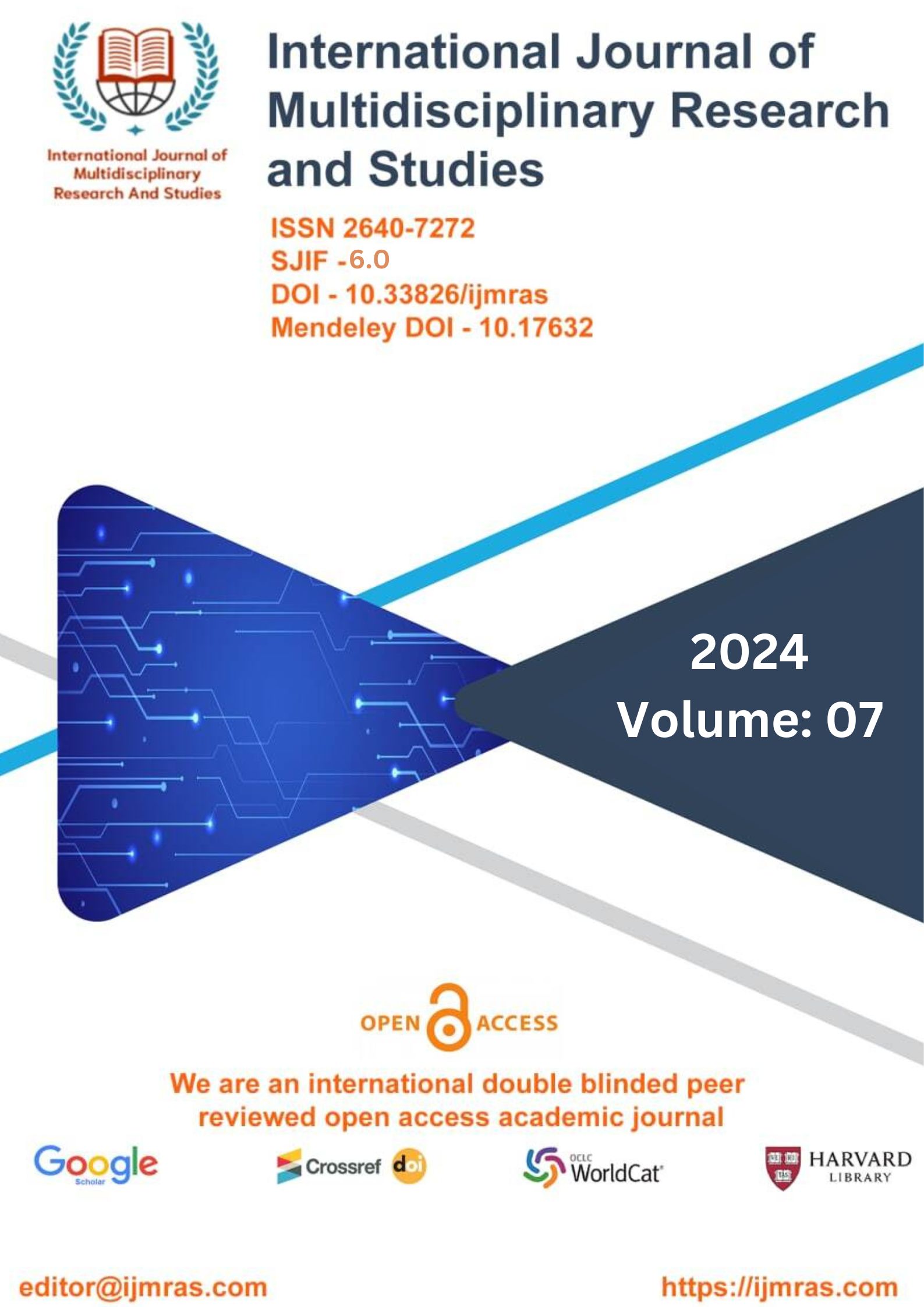Identification of Procedures for Translation of Vacuous Words from Chinese to English: A Materials-Based Examination of Translation Processes

Abstract
Studying how Chinese empty words are rendered into English is the focus of this study. A parallel corpus of Chinese literary works and their English translations was established for this research, and their use to uncover translators' strategies for handling empty words is the initial step. After some time, a total of eight distinct translation processes are identified, including (but not limited to) (1) Match, (2) Paraphrase, (3) Shared Match, (4) Implicitation, (5) Amplification, (6) Grammatical Conveyance, (7) Borrowing, and (8) Omission (Mismatch). Grammatical Conveyance is being heralded as a groundbreaking scientific breakthrough. As a further step, we'll look at how widely adopted various procedures and non-procedures are (Shared Match and Borrowing). Two other major insights may be drawn from this research besides the translation of Chinese empty words into English. This is the first study of its type to take a comprehensive inventory of all Chinese empty words and analyse how translators deal with them. Second, the results demonstrate that the most challenging to deal with empty phrases are found in the adverbial and particle categories. To rephrase, "meaningless platitudes aren't as tricky to decipher as previously held beliefs would have you believe."
Keywords
Grammatical Conveyance, Amplification, , Distinct TranslationHow to Cite
License
Copyright (c) 2024 LI HUIYING, DR. LUBNA ALI, DR. VELVIZHI

This work is licensed under a Creative Commons Attribution 4.0 International License.
Individual articles are published Open Access under the Creative Commons Licence: CC-BY 4.0.




